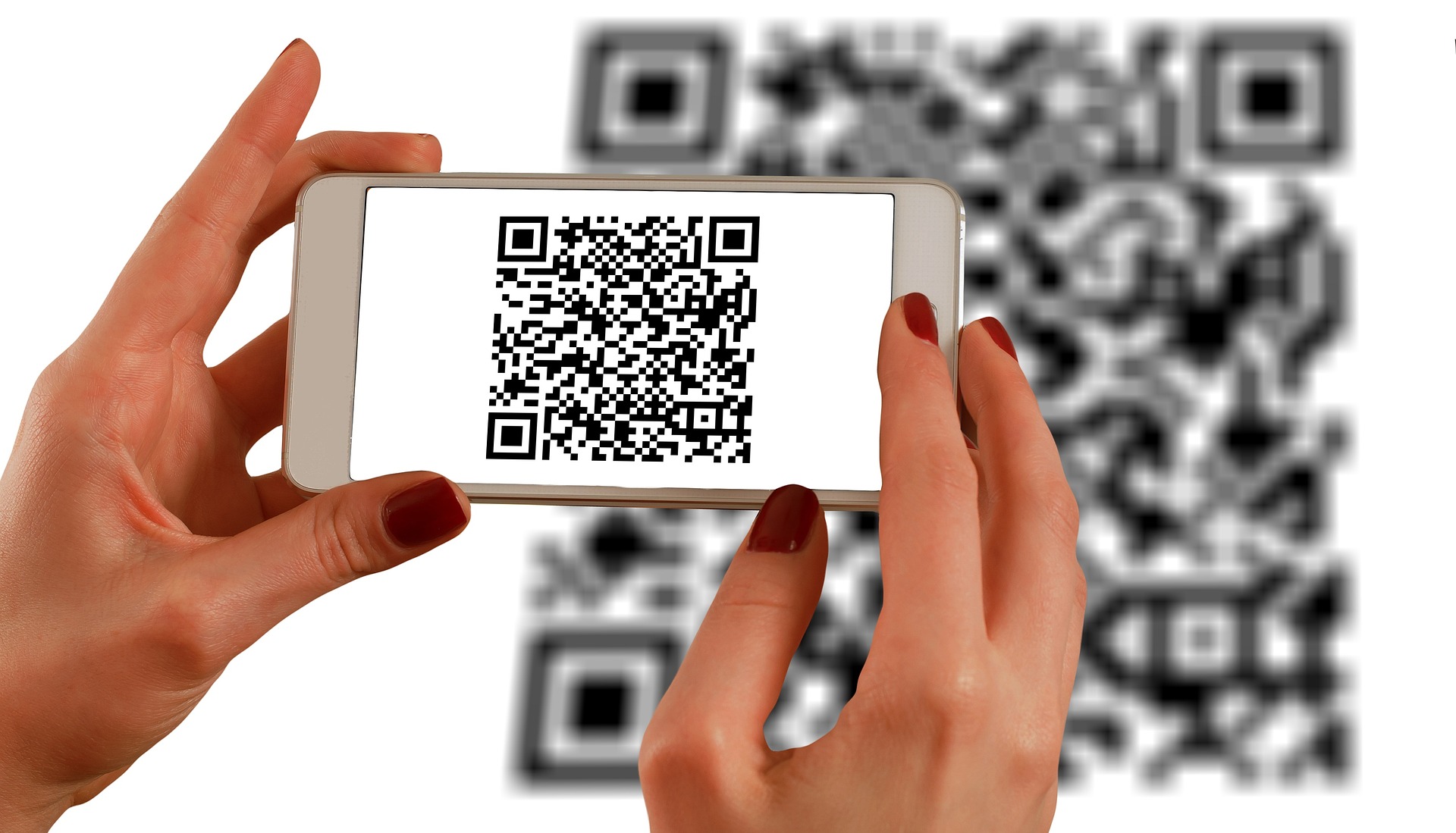Logistics and technology

Before we design the questions, think about how you want the escape room to unfold and the type of environment the escape room will be in.
Will it be:
- In person
- Online
- Synchronous
- Asynchronous
- A mix of these components
- Completed individually or in groups
Once you determine how the escape room will be delivered, consider the amount of help you need to facilitate the escape room and whether it is feasible. If you’ve ever watched the show the Amazing Race or Survivor, you’ll notice contestants have to get every puzzle and answer checked before moving on to the next stage. This can be very time consuming, so think about how technology can help with this!
Tech tool inventory:
Take an inventory of the online tools you have available to you. You’ll want a tool that allows you to automatically grade the responses from learners and have different types of responses such as multiple choice, fill in the blank, short answers, etc. The tool should also have an “after submitting” response that allows you to enter in text for the next clue. You can use your learning management system’s quiz tool, Google Forms, survey tools, etc. A personal favourite of mine is H5P, and eCampus Ontario has a H5P studio allowing you to reuse activities generated by other Ontario educators and create one yourself using their tools. Check out the H5P studio here.
Find your tech fit:
Now take a moment and consider how comfortable you are with using tech tools. If you clicked on the H5P studio, you likely saw a huge list of potential tools and that can be very overwhelming! You want to begin with something you are comfortable with so you can create your escape room and focus on the content rather than the tech tool. This could be incorporating just one tech tool to begin with and that could be enough! As you get comfortable with creating escape rooms or plan on creating an updated version of your first escape room, you can then incorporate more tech tools and physical tools to make your escape room more elaborate.
The basics
You could make the entire escape room online as a series of questions similar to a practice exam but have students complete it in groups and have a prize at the end for completing it the fastest. You could use the online exam format present in your school’s learning management system, or a survey software that allows you to manage correct and incorrect responses such as Google Forms, H5P, or Qualtrics. Ask around at your institution to see what is available and easy to use. Note: To increase accessibility, consider printing the questions so students have an option to read it on paper but have at least one student have a device to electronically submit answers.
Get moving
Add on to the online assessment format by using QR codes for each question and place them around the room at different tables or walls. After the correct responses are submitted, have a message that instructs students on where to go next. This can be as easy as finding the next QR code with a number or letter above it, or adding some even more clues for them to solve to identify the next QR code.
Add in some additional puzzles like combination locks and keys
If you’ve been to an escape room, you may want the full treatment, the puzzles, the locks, hidden keys, and invisible ink. This adds another layer to finding the QR codes to the questions students need to solve. Perhaps students need to answer 3 questions to get 3 numbers for the combination lock on a box. Once the box is opened, they get the next clue or even a key to another lock! These additional locks do not change the learning outcomes of the escape room but add even more fun for students.
Full escape room but contained at tables
If coordinating a large class running around from one table and wall to another sounds too chaotic, consider making multiple sets of the escape room and putting them in boxes or envelopes for each table. This way everyone experiences the same questions, code cracking, and excitement. Think about starting with a large box, and then smaller boxes, locks, and envelopes containing QR codes to reach the final puzzle.
Final prize
Although the goal of the escape room is to escape in time, think about a small prize students can win for cracking the final clue. This could be stickers, small party favours, fidget items, candy, etc. Something small but that they can get excited about that won’t break the bank.


